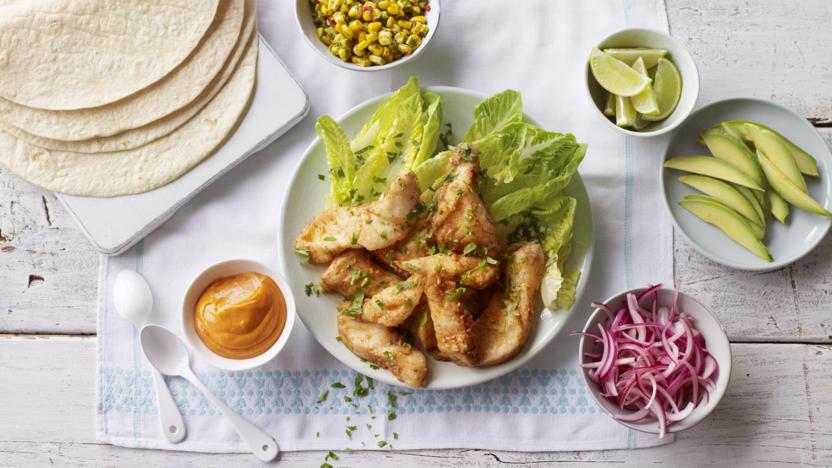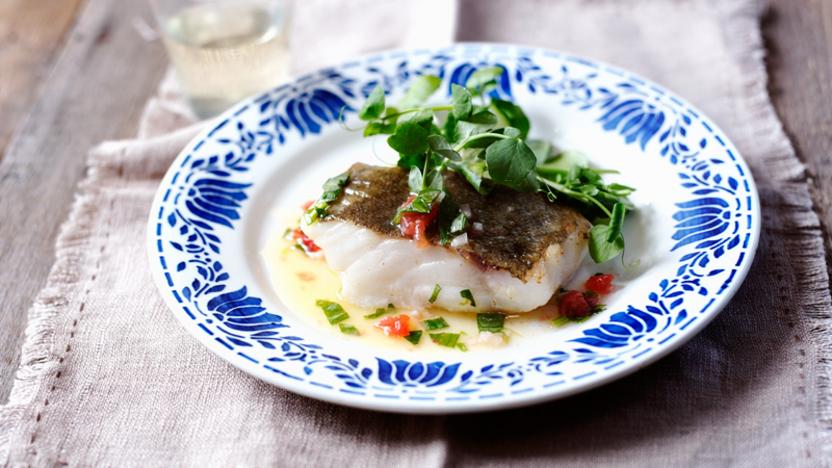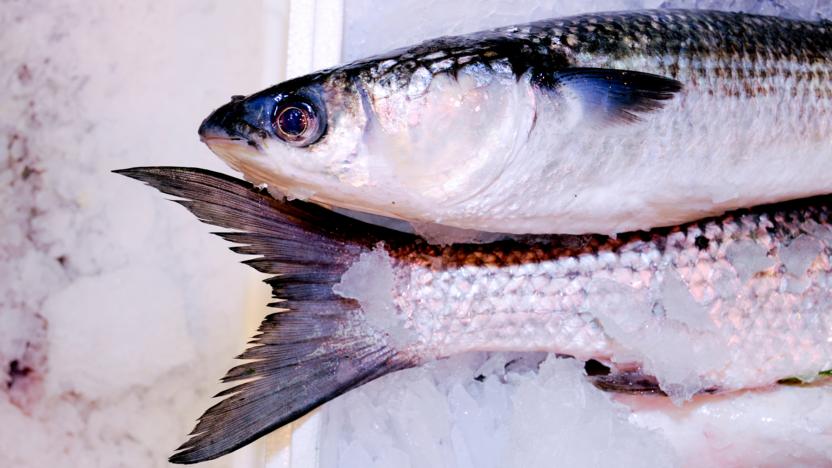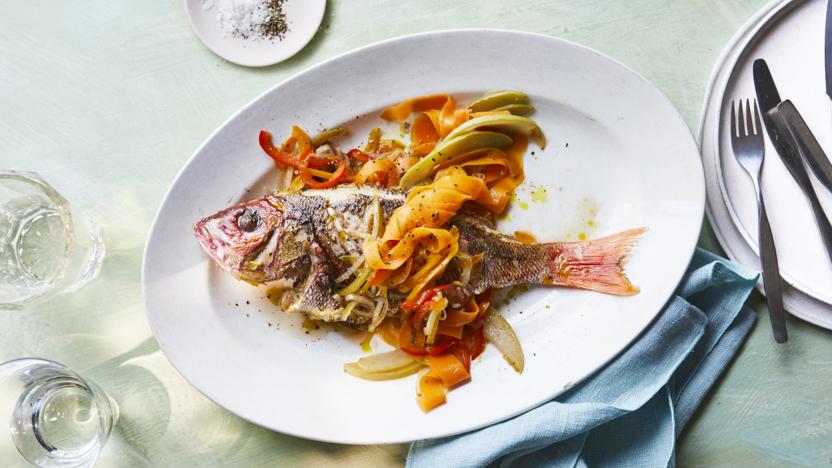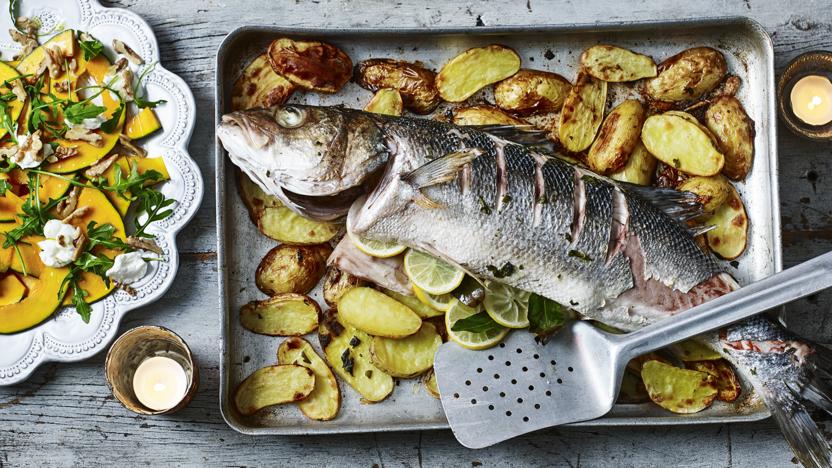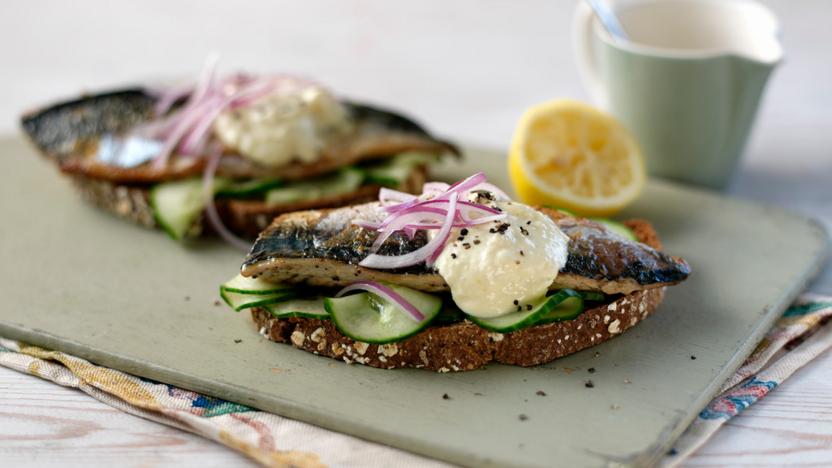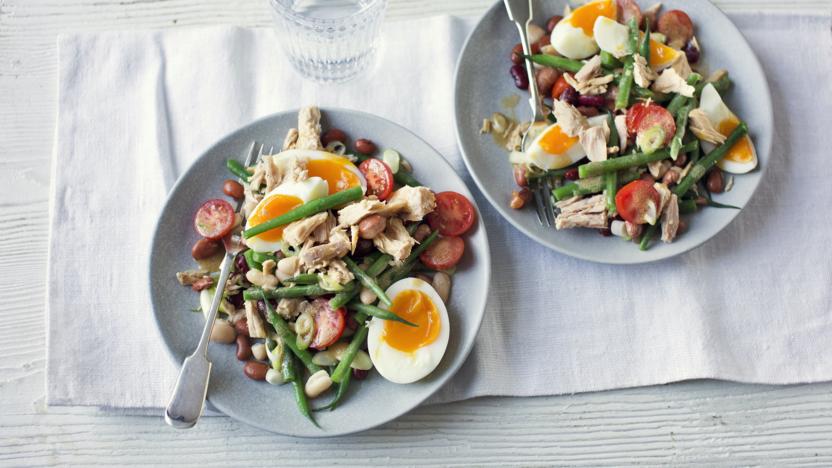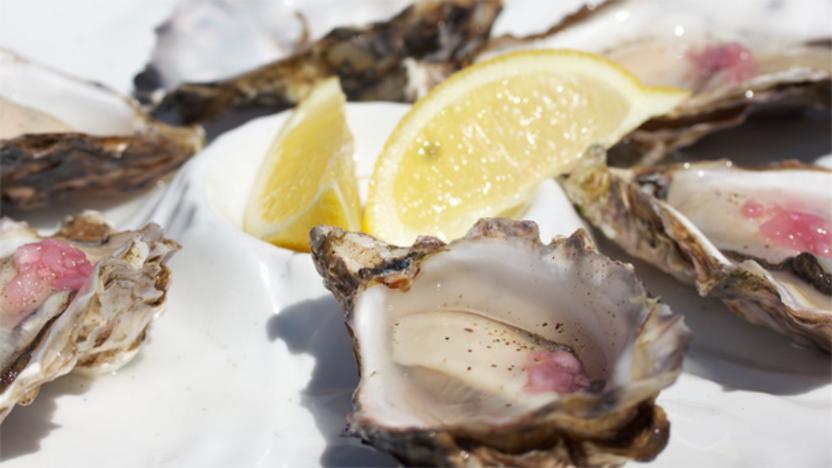White fish recipes
White fish are fish with light, white, flaky flesh whose main concentration of oils is located in the liver. They’re naturally low in fat, and an excellent choice for those looking for a healthy option. An extremely large group of fish, white fish include important species such as cod, haddock and related, more sustainable species such as coley, pollack and pouting. It also includes all flatfish, some of the more under-used fish such as gurnard, grey mullet and sea bass, and many of the exotic species – the list is extensive.
Frozen fish is cheap and easy. Use it in Eat Well for Less' simple Thai fish curry for a delicious, budget meal.
Each serving provides 519 kcal, 32.5 protein, 62g carbohydrates (of which 6.5g sugars), 14g fat (of which 7.5g saturates), 7g fibre and 1.7g salt.
More white fish recipes
Buyer's guide
Unlike the oil-rich species that are best eaten as fresh as possible, white fish can be stored for a little longer. Many white fish (cod, haddock, plaice and other flatfish) are gutted and placed onto ice shortly after capture: this helps extend their shelf-life. In some cases white fish actually tastes better once it’s been left for a few days (as long as it is kept very cold on ice). When choosing white fish, look for bright eyes, red gills and a fresh smell; the fish should look bright and appealing. A white fish fillet should be a uniform colour with no discolouration and a pleasant smell.
Storage
Unwrap white fish and place it onto a plate in a single layer. Ideally, pack some ice or plastic ice blocks around the fish, then cover. Use as soon as possible. It’s possible to freeze white fish. A whole fish should be prepared before it’s frozen: gut the fish and remove the gills, or fillet the fish, but leave the skin on. Freeze single fish or two fillets in thick freezer bags, taking care to exclude air. Home freezing is effective for a short period of time, but aim to use the fish within six weeks. White fish can be cooked from frozen, but it takes a little longer.
Preparation
Individual pieces suit some cooking methods better than others, but most white fish are versatile.











